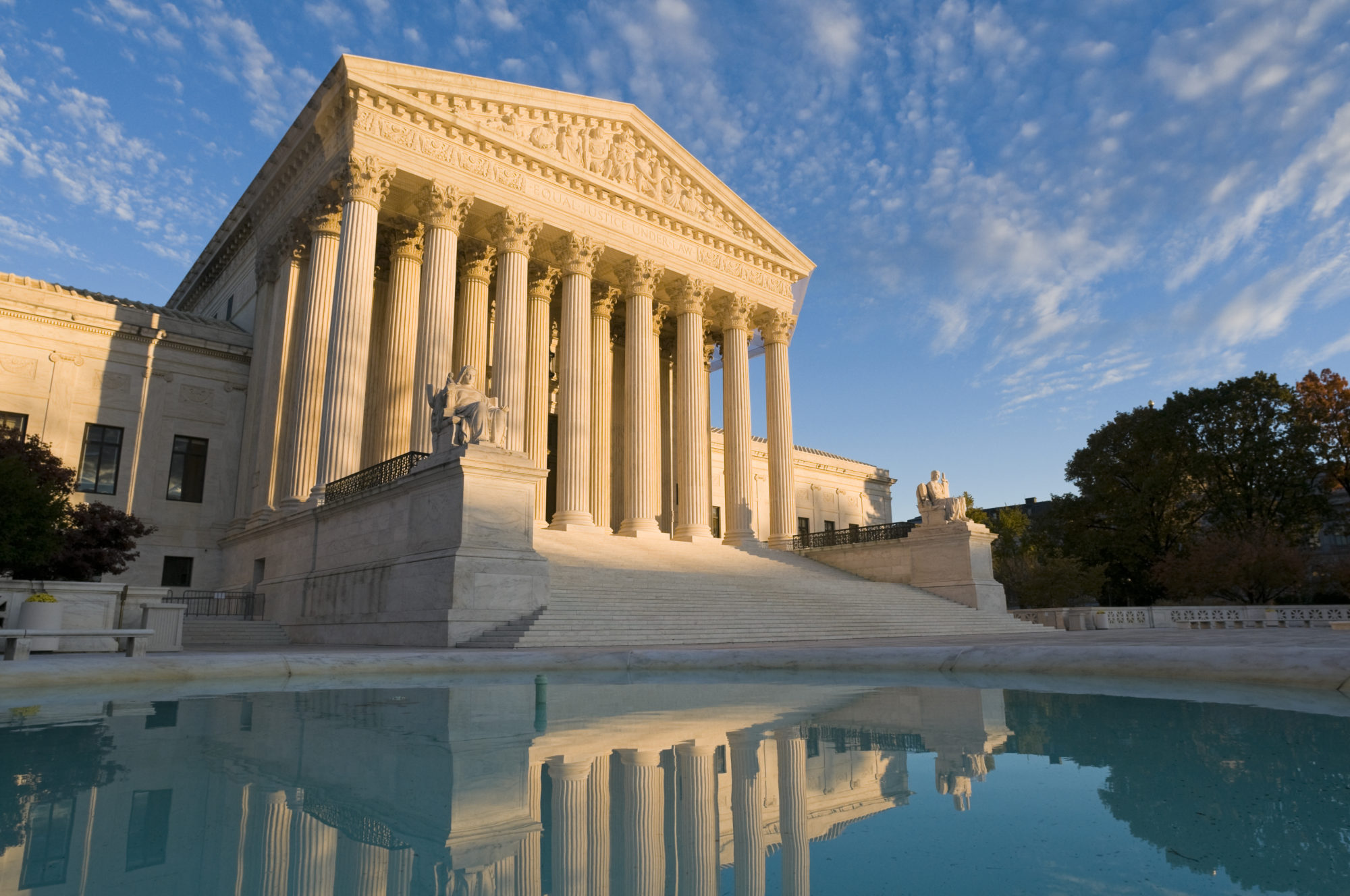The metrics suggest Roberts was not the only one to switch
With a Supreme Court nominee declaring there has been a left-wing conspiracy against him, naturally people are wondering whether a Justice Kavanaugh, if confirmed, could eventually act in a more judicious fashion. If not, might the new median of Court, Chief Justice Roberts, rise to the challenge of putting the institutional interests of the Court above his own political preferences? Looking back at the Chief’s role in deciding the fate of the Affordable Care Act (aka Obamacare), we are optimistic that he can.
When the fate of the ACA was decided in NFIB v. Sebelius, many were surprised to see the conservative Chief side with the liberal justices to uphold the signature legislation of the Democrat President. Others anticipated it, expecting Roberts to subvert his political preferences to avoid a 5:4 conservative-liberal divide on such a salient case in the lead-up to the 2012 election. On reading the opinions, many were struck by the fact that Roberts’ majority opinion read in large part as a manifesto against the legislation he was unhappily upholding; in addition, the dissent at times referred to the majority as “the dissent.” This suggested that Roberts may have initially sided with the conservatives – a view furthered by rumors to that effect. Until now, this has all been speculation. Here, we assess the empirical evidence from oral argument as to whether Roberts switched, and find some interesting results: not only did Roberts switch, but he was not the only one who changed his vote on some of the issues.
The four separate parts to the Obamacare oral argument
There were four questions addressed in four separate oral arguments over three days: (1) whether the constitutional validity of the ACA should even be heard by the Court; (2) whether Congress has power to require Americans to purchase healthcare, via the individual mandate, either under the Commerce Clause or the Taxing and Spending Clause; (3) whether, if the individual mandate was unconstitutional, it was severable, or alternatively, if the rest of the ACA must fall as a result; (4) and whether Congress exceeded its powers under the Spending Clause by threatening to withhold Medicaid spending to non-cooperating states. The following figures show how the justices behaved at each of the four oral arguments in order, measured by the disagreement gap. As we explained in more detail in a previous post, the justices tend to have more to say to the side they ultimately vote against. This can be measured in terms of speech events or just the difference in the number of words. If the gap is very small, we treat it as a weak signal, colored gray; occasionally, the size of the disagreement gap on one measure will be large but other factors, such as the balance of statements versus questions, or the disagreement gap on another measure, indicates that the signal should be treated as weak.




However, it is important to note that this oral argument addressed the government’s power to pass the ACA under both the Taxing Clause and the Commerce Clause. In authoring the majority opinion, although Roberts found the ACA constitutional under the Taxing Clause, he went out of his way to make clear that the Commerce Clause did not support the passage of the ACA. If Roberts had gone into the oral argument thinking that the ACA was valid as a tax but not under the Commerce Clause, we would have expected to see at least mixed signals from him during this section of oral argument rather than a signal strongly against the ACA. Furthermore, given that if the law was valid as a tax, its status under any other head of constitutional power should have been irrelevant, if Roberts held his tax position from the outset, he should have been less interested in the Commerce Clause issue.




* * *
Our empirical analysis of the oral argument in NFIB v. Sebelius indicates that four justices ultimately voted against at least one of their priors on display at oral argument. It is, of course, possible that our metrics are inaccurate, but they align with many commentators’ and experts’ expectations at the time. Possibly, these justices changed their fundamental views some time after oral argument, but another explanation is more likely. We see NFIB v. Sebelius as a case study in judicial strategy, the politics of compromise and coalition building, and how the justices occasionally sacrifice their individual policy preferences to protect the legitimacy of the Court.
By Tonja Jacobi and Matthew Sag
Notes: (1) Thanks to Barry Weingast for suggesting this inquiry. (2) For a more detailed account, see Tonja Jacobi, Obamacare As A Window on Judicial Strategy, 80 Tenn. L. Rev. 763 (2013) (ssrn link)

You must be logged in to post a comment.